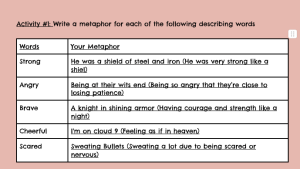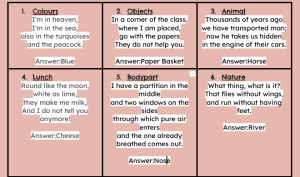Task Description:
Hello, beautiful humans 👴
For this task I had to write an information report using my chosen LCS topic and structuring some info from what I had learnt into the burger model which looks like this

I had to have the introduction, the 3 main ideas along with the 6 sub ideas and finally a conclusion to wrap it up.
After I had collected all of the info that I needed I added it to a doc to complete the whole thing
Here is my writing:
-Harakeke-
– What is Harakeke?-
Harakeke is one of New Zealand’s most distinctive native plants. It has long, upright, often stiff leaves which can reach up to 4 meters in length. The black flower stalks can grow up to 5 meters tall and the dull red, nectar-filled flowers attract masses of birds in spring, particularly tūī and korimako.
– What does Harakeke represent?-
The Harakeke is actually meant to represent a family. The rito (shoot) is the child. It is protected by the Awhi rito. (Parents) This group of leaves are never cut/taken off of the plant
The tupuna are meant to be the grandparents and is the only part of the plant that is cut off.
-Where can you find Harakeke?-
Harakeke grows throughout New Zealand from sea level to about 1,300m. It is commonly found alongside rivers and in swamps, and sometimes called swamp flax because of its liking for damp locations.
-What can be made with Harakeke?-
The nectar from its flowers can be made into a sweet drink. The roots can be crushed to make poultices for skin infections, and to produce a juice with disinfectant and laxative. (Medicine that helps people if they have trouble emptying their bowels when going to the toilet )
The harakeke fiber was also used for ropes, fishing lines, Woven garments and net making.
Conclusion
Harakeke was seen as a very important material for the people in the olden days. It provided them with drinks, clothes, ropes, fishing lines (which can help to catch food) and cleaning products.
Hopefully you had learnt something from my writing
Goodbye, beautiful humans👴
-Zurielle





